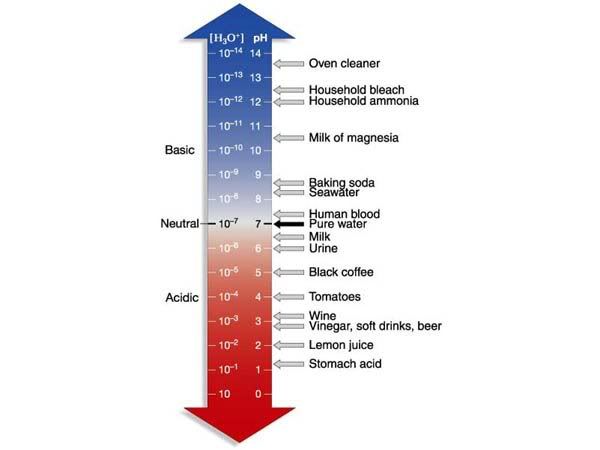
Ewww. Finals. What every student dreads at the end of the year. If this was elementary or middle school, we would be having parties all day this week, but no, high school is evil and we have to have finals. I am such a retard. D:
I have all A's in all my classes... except Jackson. AUGH.
I got a 50% on my Cyrano essay final and it dropped my grade to an 86.9%. Now the only things I have left to raise my grade to a borderline A- are some last minute quizzes, extra credit, and THE FINAL. But the worst part is, I never get good grades on my finals. I always rely on my high grade to shield me from the drop in my percentage after bombing one. LOL, THE IRONY
So yeah. I liked Joy Luck Club, but I am just really anxious for the essay. I hope I get an A and Jackson will be nice and if I get a B+ he'll raise it to an A-. T_T Then my mom won't be all "WTF" at me. :C






















